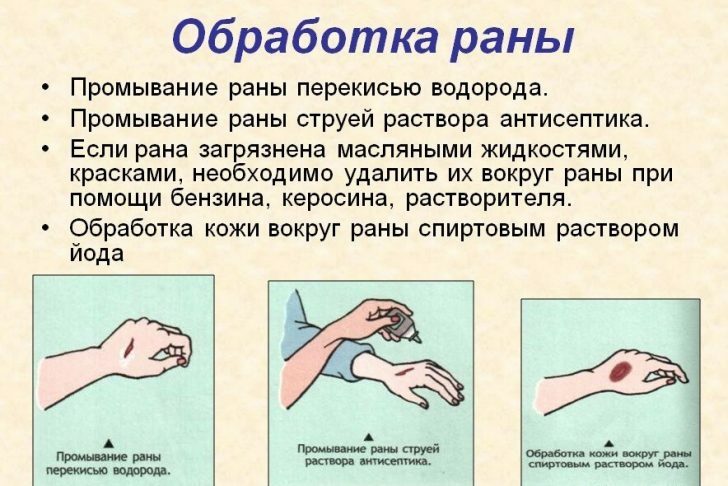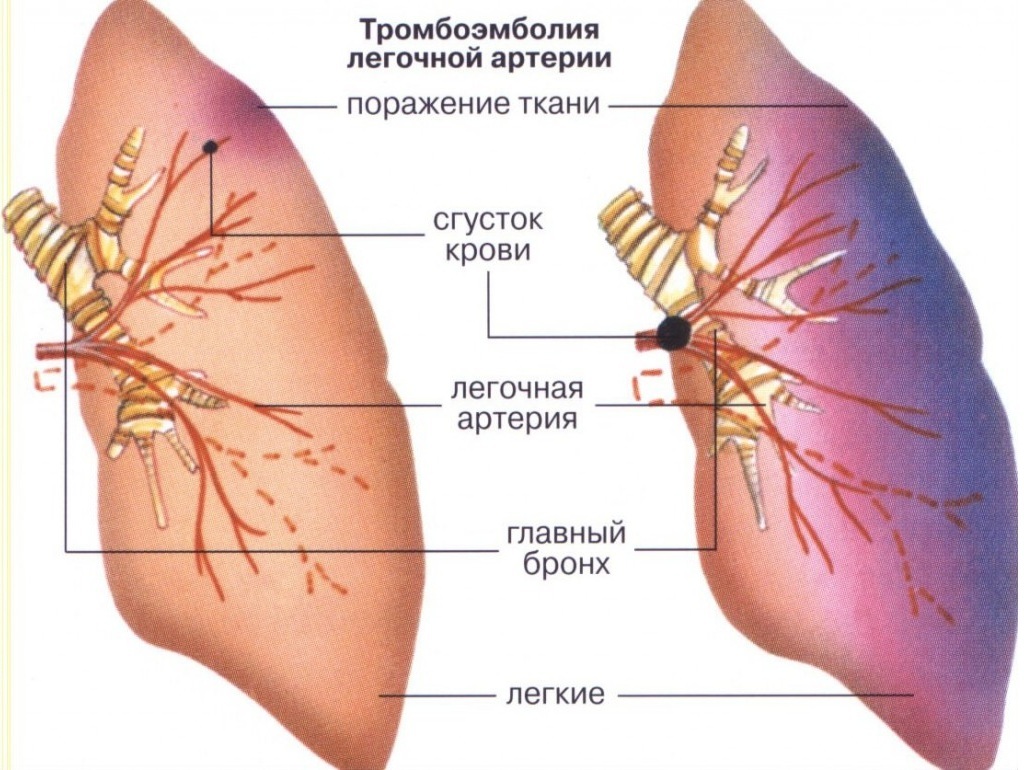Anaphylactic shock: causes of development, symptoms, emergency care
 Anaphylactic shock( ASH) is a complex of body functions that occurs as a result of repeated exposure to the allergen and is manifested by a number of symptoms, among which the leading role is played by circulatory disorders.
Anaphylactic shock( ASH) is a complex of body functions that occurs as a result of repeated exposure to the allergen and is manifested by a number of symptoms, among which the leading role is played by circulatory disorders.
Causes and development of anaphylactic shock
ASH is a systemic allergic reaction.It occurs when contact with an allergen that enters the body either with food, or with breathing, or when injected or stung by insects.

ASH never appears on first contact, as at this moment only sensitization of the body takes place - a kind of adjustment of the immune system to the appropriate substance.
The second ingestion of the allergen causes a powerful reaction of the immune system, during which the blood vessels sharply expand, the liquid part of the blood penetrates through the wall of the capillaries into the tissue, the mucus secretion increases, bronchospasm, etc.
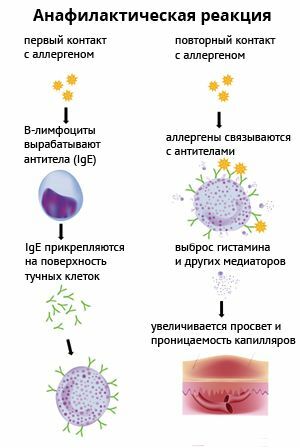
These disorders lead to a decreaseVolume of circulating blood, which leads to a deterioration in the pumping function of the heart and the drop in blood pressure to extremely low digits.
The most common allergens in case of anaphylactic shock are medications prescribed according to the indications.
Accusing doctors of negligence in this case is useless, since no one is allowed to foresee the presence of an allergy to a particular drug.There are a number of medications that most often provoke unwanted reactions, and before they are used, doctors are required to conduct a test( for example, novocaine).But in the author's practice there was a case of anaphylactic shock on suprastin - a remedy used specifically for the treatment of allergies!And it is impossible to envisage such a phenomenon.That is why every medical worker( and not only!) Must be able to quickly recognize the signs of ASH and have the skills of first aid.
Symptoms of anaphylactic shock
The clinical picture of AS depends on the form in which it is manifested. Total of these types 5:
- hemodynamic - an acute onset with a critical drop in blood pressure and no signs of damage to other organs and systems;
- asthmatic( asphyxia) - with a powerful bronchospasm and rapidly increasing respiratory insufficiency;
- cerebral, leaking with severe damage to the structures of the brain and spinal cord;
- abdominal, in which there are serious abnormalities of the abdominal organs;
- also secrete a form that flows with bright symptoms from the skin and mucous membranes.
Features of the symptomatology depending on the degree of anaphylactic shock
Anaphylactic shock of the 1st degree is the most favorable form of it.Hemodynamics is not significantly affected, blood pressure drops slightly.
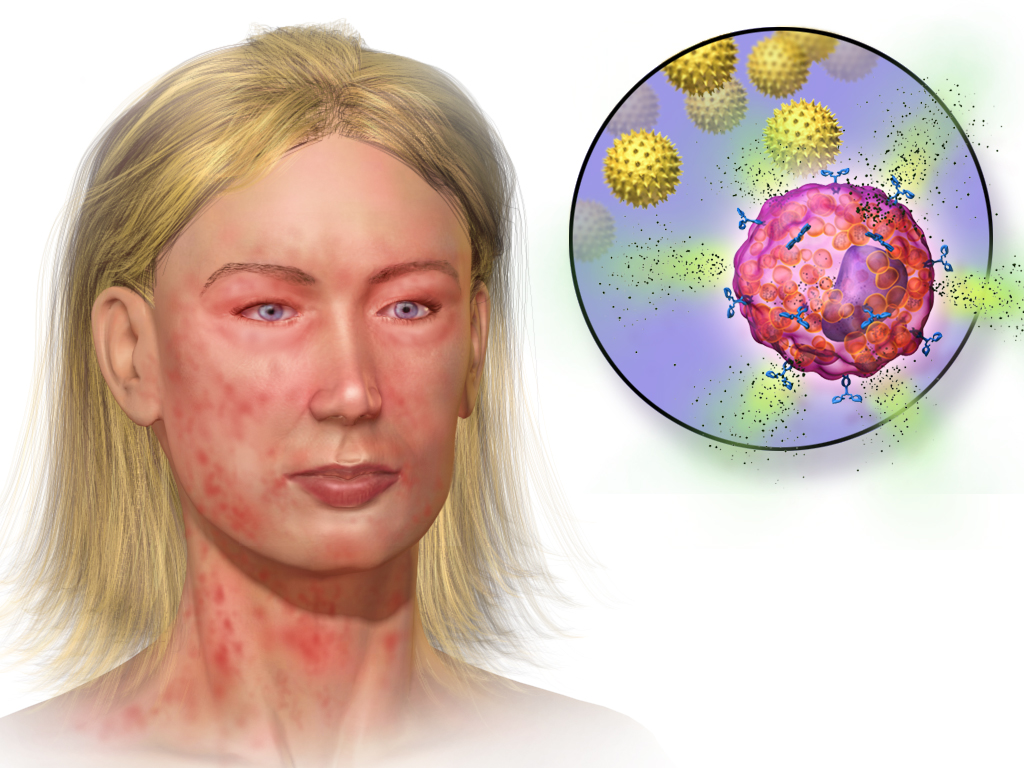
Skin manifestations of allergy are possible - itching, rashes, urticaria, as well as perspiration in the throat, cough, up to the Quincke edema.The patient is excited or, on the contrary, languid, sometimes there is a fear of death.
The shock of the second degree of severity is characterized by a more severe decrease in hemodynamic parameters in the form of hypotension up to 90-60 / 40 mm Hg.
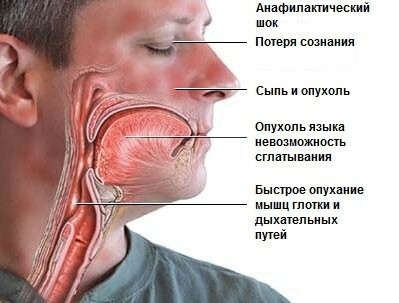
Loss of consciousness does not occur immediately or it may not occur at all. Common phenomena of anaphylaxis are noted:
- itching, rash;
- rhinitis, conjunctivitis;
- Quincke edema;
- changes the voice right up to his disappearance;
- cough, asthma attacks;Pain in the abdomen and in the heart area.
- .
With anaphylactic shock of grade 3, the patient quickly loses consciousness.The pressure drops to 60-40 mm Hg.A common symptom is a seizure due to severe CNS damage.There are cold sticky sweat, cyanosis of the lips, dilated pupils.Cardiac activity is weakened, the pulse is irregular, weak.With this degree of shock, the patient's chances of survival are very small, even with timely assistance.
With a shock of grade 4, the phenomena of anaphylaxis grow rapidly, literally "on the needle."Already at the time of the allergen injection, blood pressure almost instantaneously falls down to zero digits, a person loses consciousness, bronchospasm, pulmonary edema and acute respiratory failure increase.This form quickly leads to a coma and death of the patient, despite intensive medical measures.
Diagnosis of anaphylactic shock
The specificity of the disease is such that sometimes a specialist has almost no time for a detailed explanation of the circumstances, the history of life and past allergies.The account in many cases is not even for minutes - for a fraction of a second.
 For this reason, most often the doctor can only in a few words find out what happened, the patient himself or others, and also evaluate the objective data:
For this reason, most often the doctor can only in a few words find out what happened, the patient himself or others, and also evaluate the objective data:
- appearance of the patient;
- indicators of hemodynamics;
- respiratory functions;
after which promptly prescribe treatment.
Treatment and emergency care for anaphylactic shock
Shock is perhaps the only pathological condition where even a minute delay with the help can deprive the patient of any chance of recovery.Therefore, in any treatment room there is a special styling, in which there are all the preparations necessary for cupping the shock.
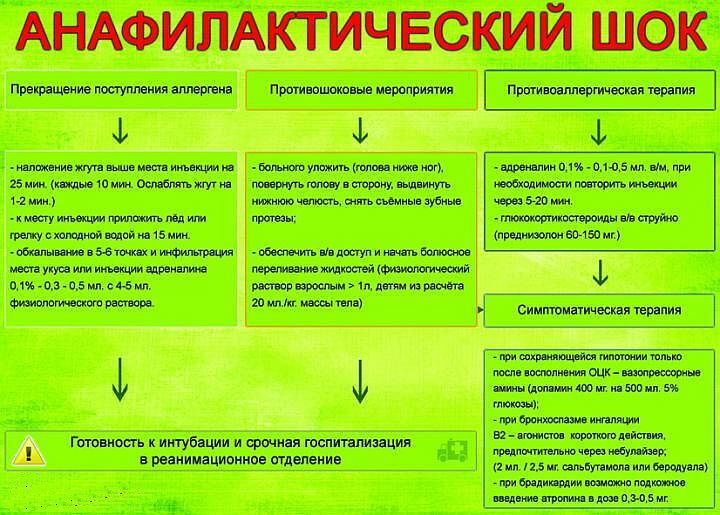

Initially, the allergen should be completely stopped in the body - stop the injection, prevent inhalation of pollen( just make it into the room), remove food, which triggered the allergy, remove the insect's sting and t
For drug anaphylaxis or shock caused by insect sting, the site of penetration of the allergen is adrenaline and ice is applied.This makes it possible to reduce the rate of absorption of a harmful substance.
After this, immediately injected intravenously:
- epinephrine( streamwise or drip);
- dopamine( drip);
- infusion solutions for correction of fluid deficiency;
- glucocorticoid preparations;
- calcium chloride;
- antihistamines - clemastine, diphenhydramine, etc.(Injected into the muscle).
Surgical treatment is used only in cases of laryngeal edema, when it is necessary to open the respiratory tract urgently.In this case, the doctor produces a cryoconicotomy or tracheotomy - an opening in the anterior wall of the larynx or trachea through which the patient can breathe.
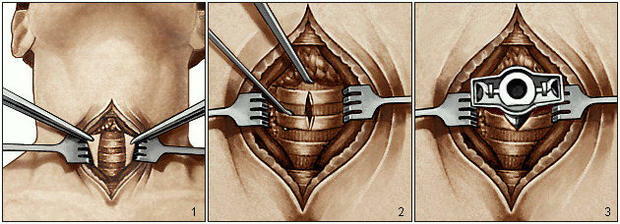
The algorithm for the actions of parents in the development of anaphylactic shock in children is schematically shown below: Unfortunately, even immediate medical care can be ineffective in some forms of anaphylactic shock.
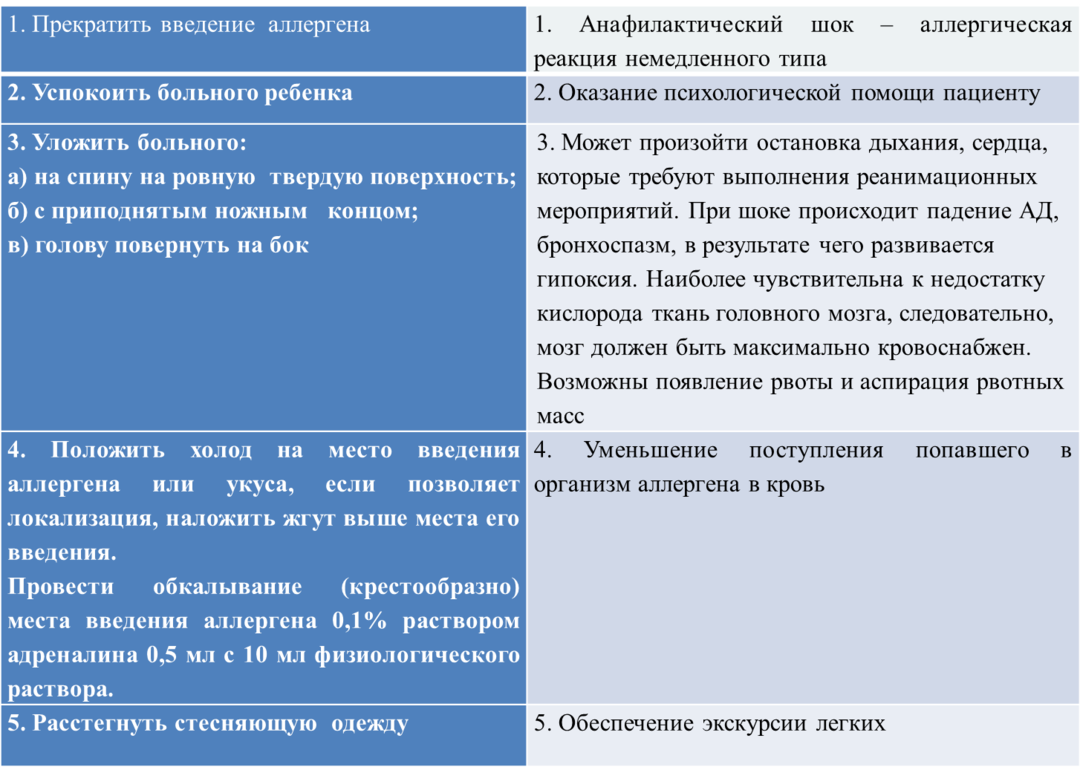 Alas, doctors are not omnipotent, but more often than not people still survive due to their efforts.
Alas, doctors are not omnipotent, but more often than not people still survive due to their efforts.
However, every repetitive case of AS is more severe than the previous one, so people who are prone to anaphylaxis are advised to carry a first aid kit that will have everything they need to stop the attack.In this simple way you can greatly increase the chances of your own salvation.
Gennady Bozbey, medical reviewer, ambulance doctor

